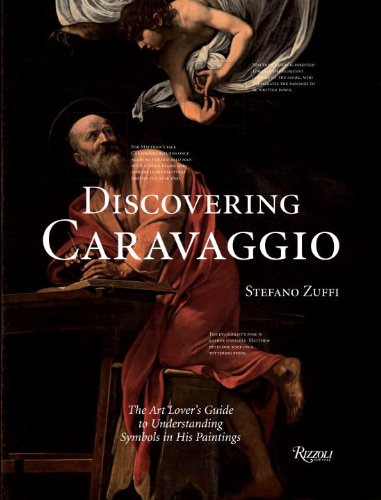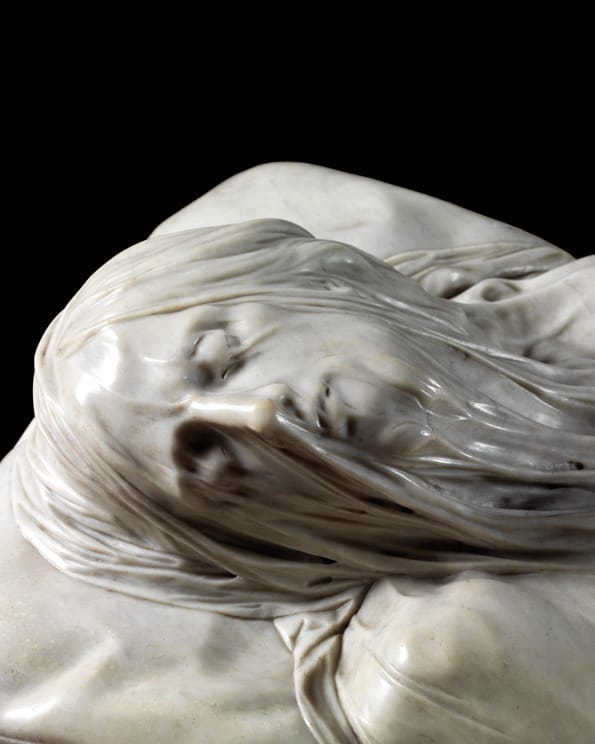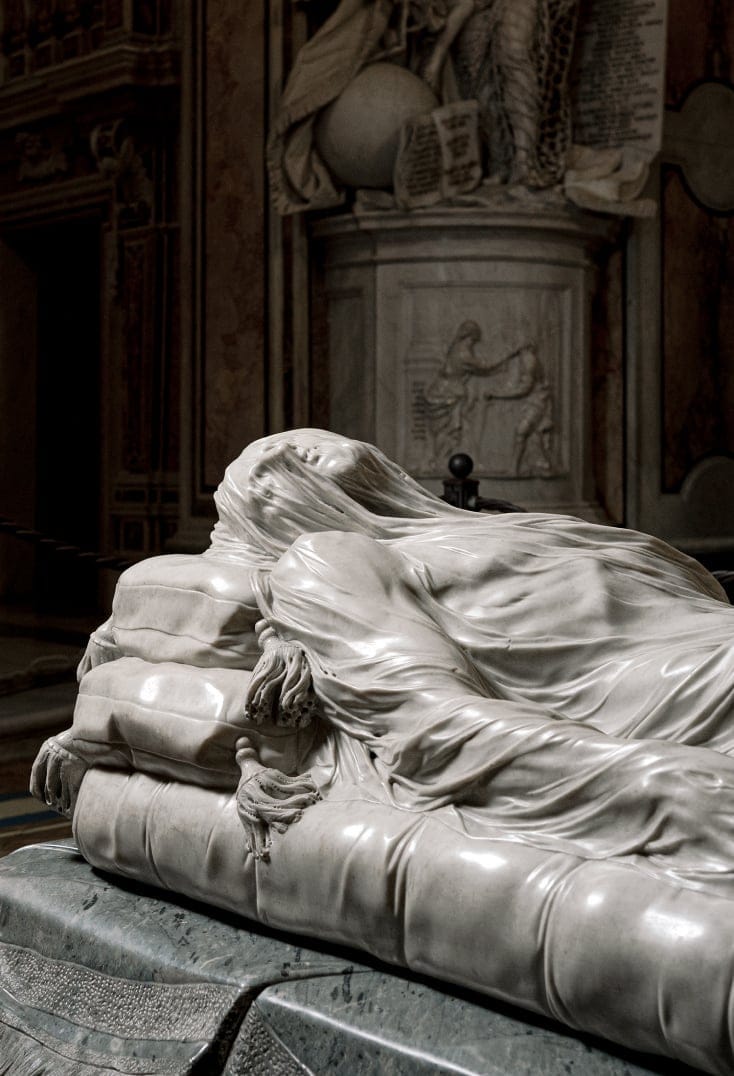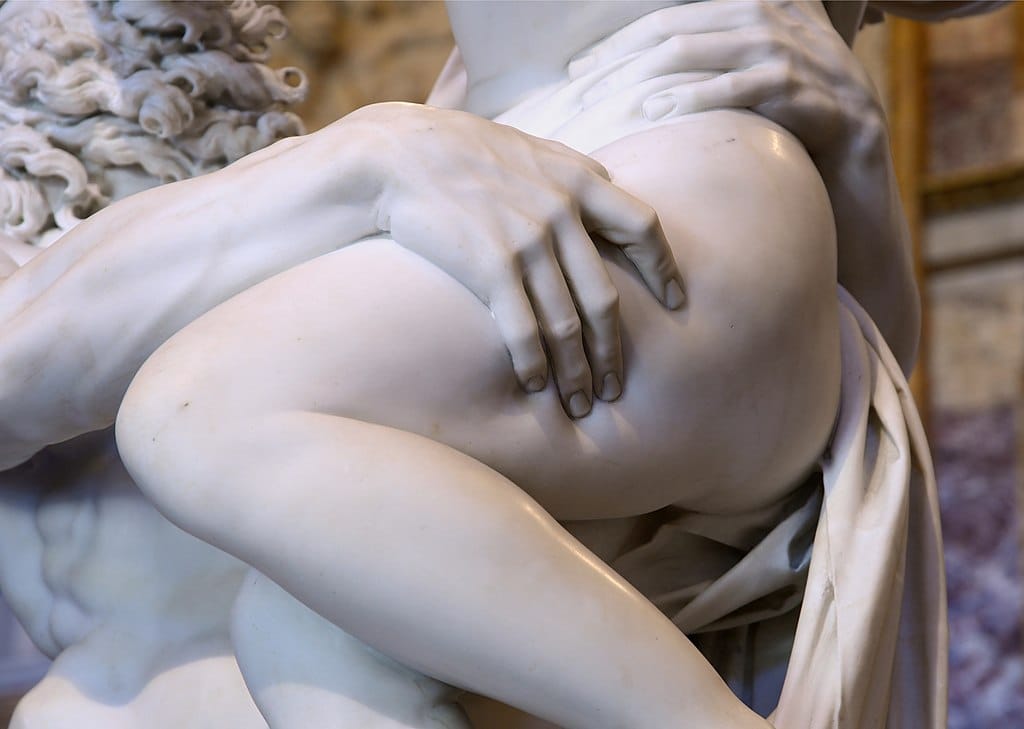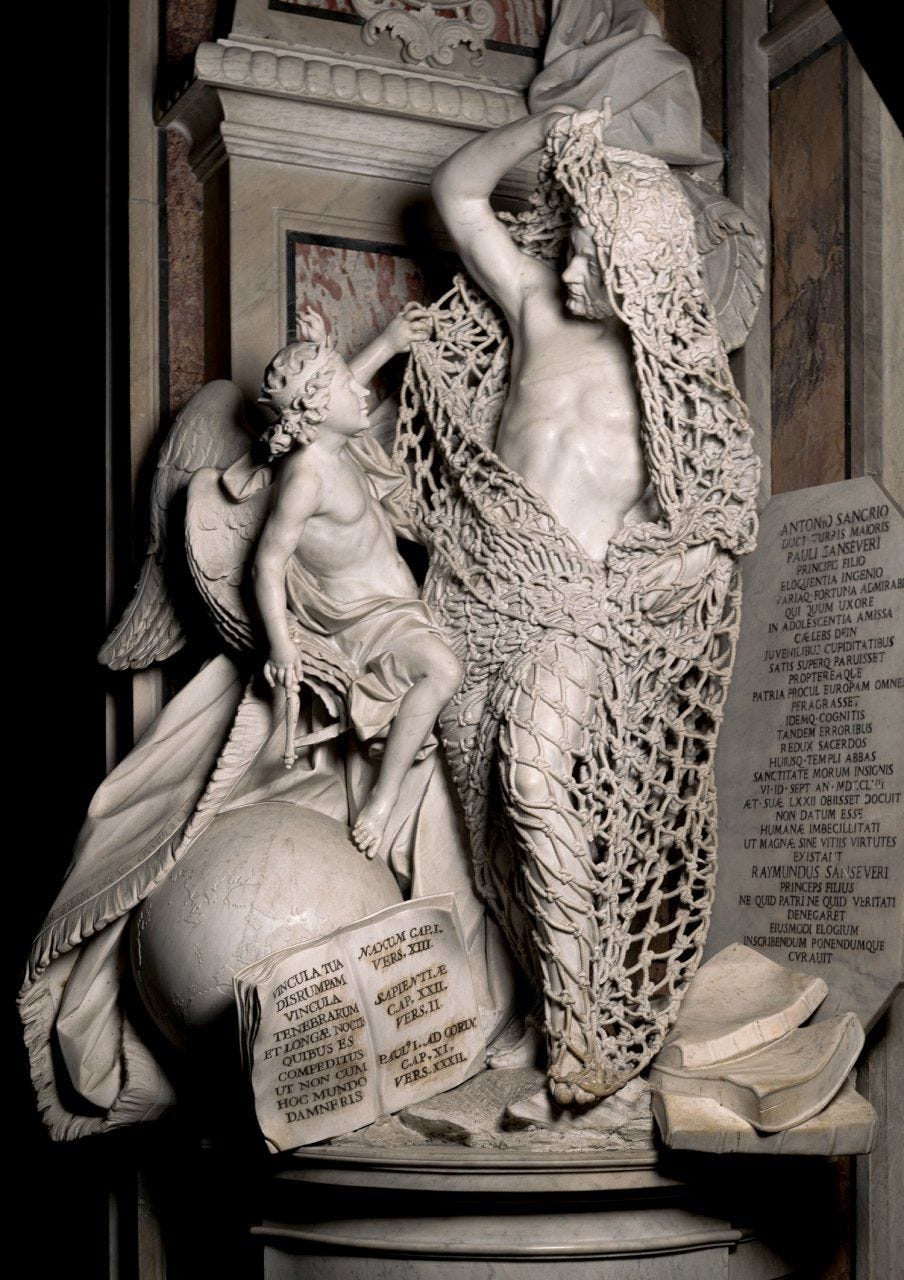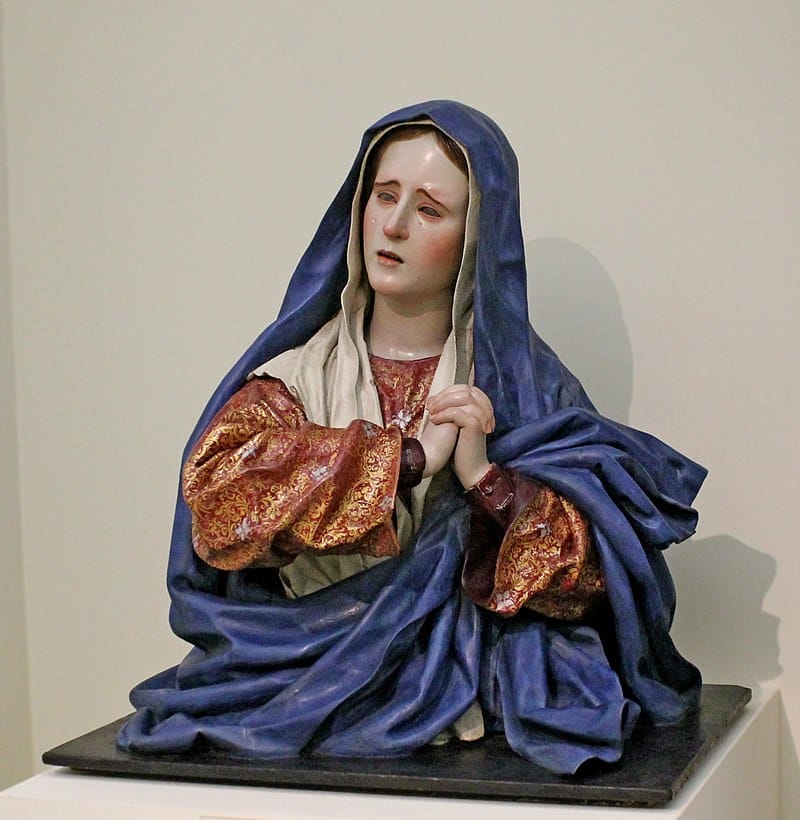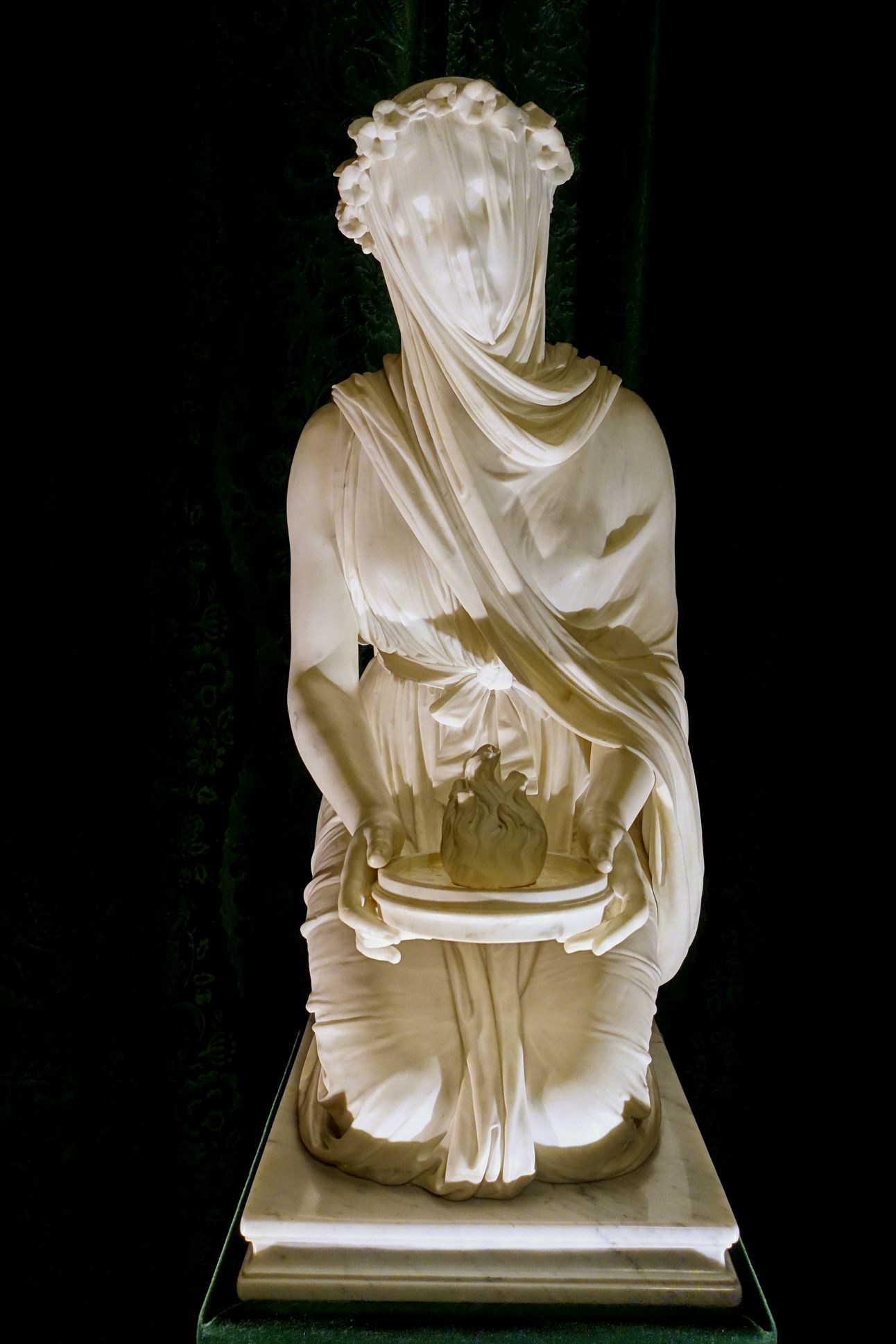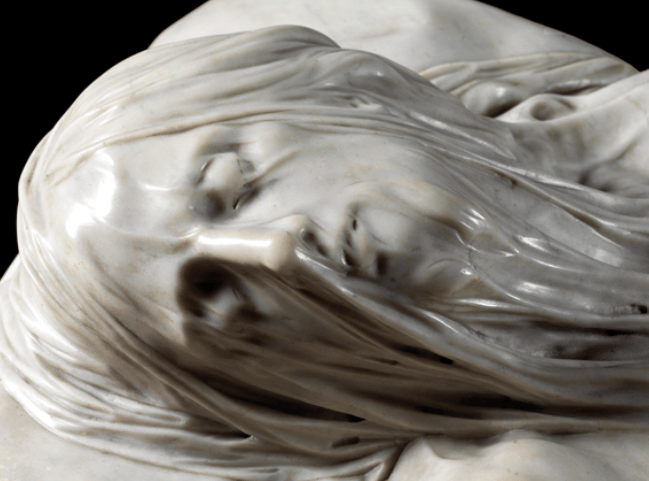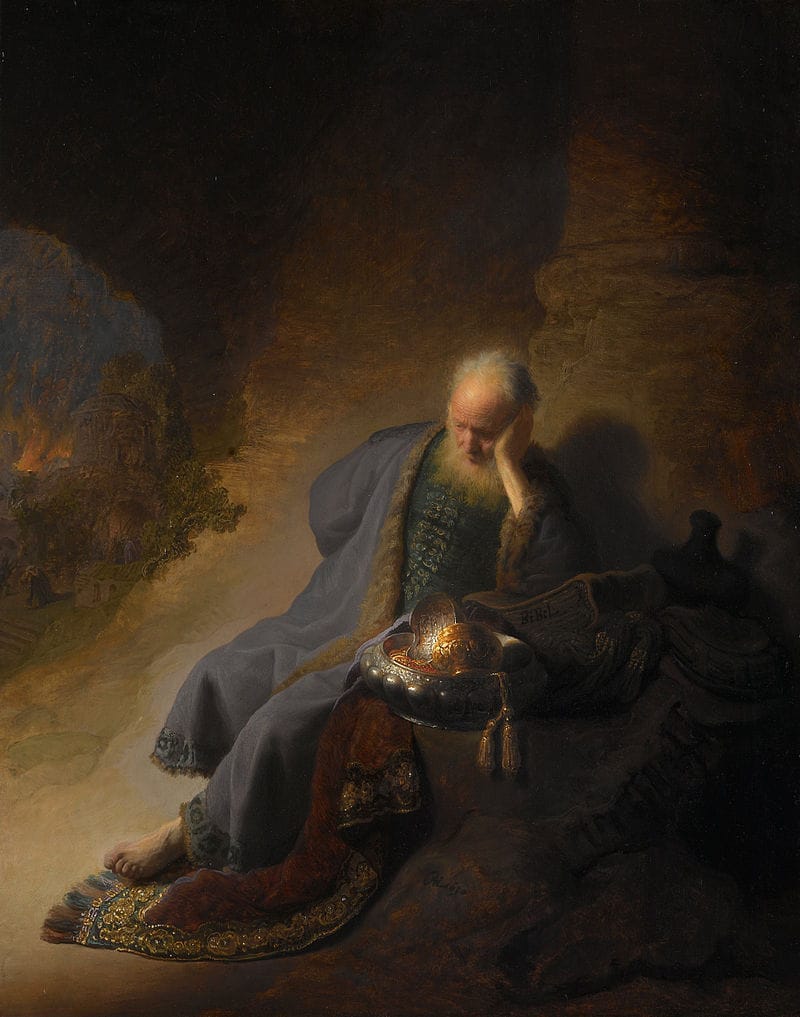Sculptures That Defy Reality: When Stone Feels Alive
These sculptures defy logic—marble turns to flesh, wood weeps, and stone breathes, proving that true artistry doesn’t just carve material, it bends reality itself.
Table of Contents
Newsletter Topic: Sculptures That Defy Reality: When Stone Feels Alive
Featured Travel (Premium): Six Galleries that are Masterpieces
Welcome to the Monday edition of the Culture Explorer Newsletter. In today’s issue, we will be discussing masterpieces - sculptures that defy reality and art galleries (in the premium section).
In a dimly lit chapel in Naples, visitors stand in stunned silence. They lean in, inspecting every fold of the marble veil draped over Christ’s lifeless body. Some even whisper theories to each other—was it a trick? A lost technique? Magic? Because surely, The Veiled Christ cannot be real.
Carved in 1753 by Giuseppe Sanmartino, this masterpiece isn’t just a sculpture—it’s an optical illusion. The veil clings so delicately to Christ’s form that it looks like real fabric, barely touching his skin. But here’s the impossible part: it’s carved from a single block of marble. Artists and historians have debated for centuries how Sanmartino achieved such precision. Some believed the patron, Prince Raimondo di Sangro—an infamous alchemist—had discovered a way to turn cloth into stone. But modern analysis confirms the truth: this was pure artistic mastery, no alchemy required.
Sanmartino wasn’t alone in making the impossible seem real. Across history, sculptors have defied logic, pushing stone, wood, and bronze to their absolute limits. They’ve transformed solid materials into flowing fabric, soft skin, and even weightless air. Their works don’t just look real—they feel alive.
The Twisting Body – “The Ecstasy of Saint Teresa”
Few sculptures capture the illusion of movement like Gian Lorenzo Bernini’s The Ecstasy of Saint Teresa.
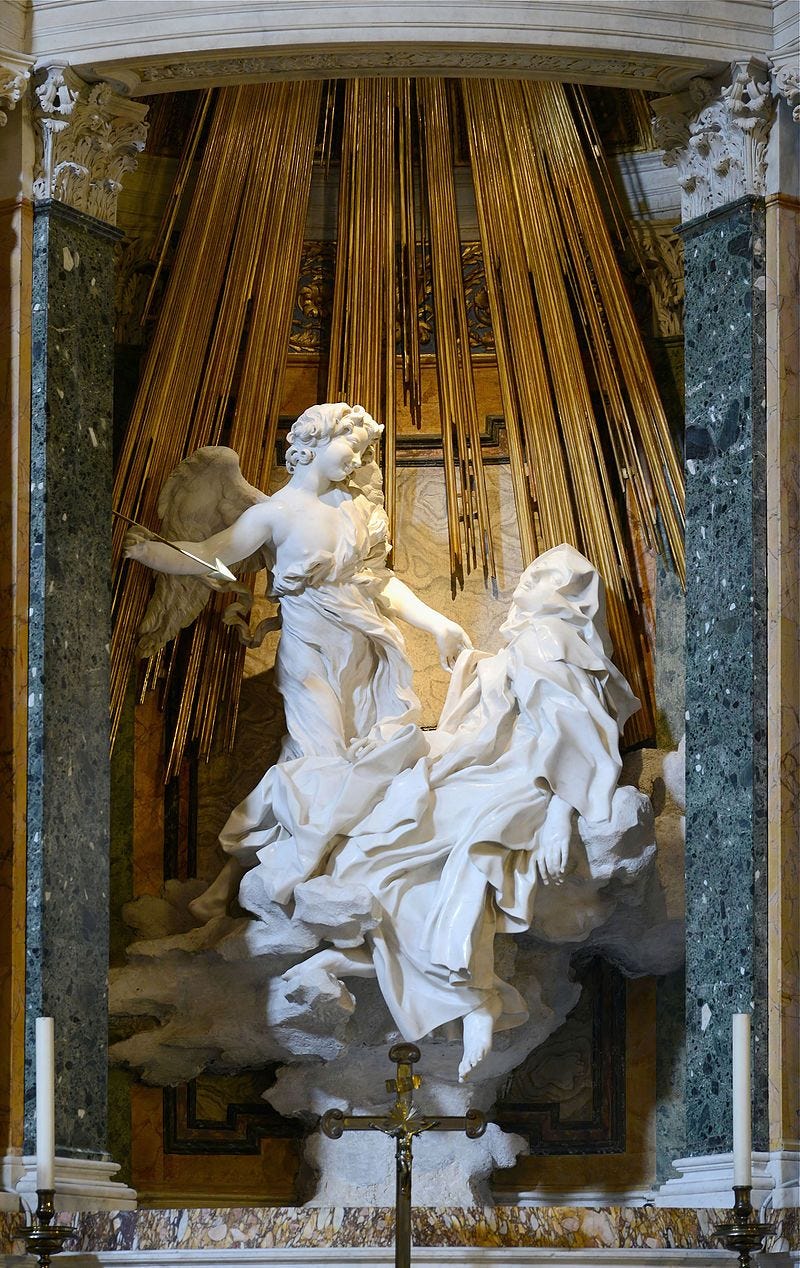
Carved in 1647–1652, this masterpiece depicts the moment Saint Teresa of Avila described being pierced by a divine angel’s arrow, overcome with both pain and euphoria. But it’s not just the subject that mesmerizes—it's how Bernini manipulates marble.
Her robes swirl as if caught mid-motion, light and billowy despite their stone weight. Her face—half agony, half bliss—is so lifelike that viewers often forget they’re looking at cold, inanimate rock. The entire scene feels weightless, as though it might dissolve into air at any moment.
Marble or Flesh? – Bernini’s “The Rape of Proserpina”
No one blurred the line between stone and life better than Gian Lorenzo Bernini. At just 23, he sculpted The Rape of Proserpina, a work so disturbingly lifelike that viewers often do a double take. Pluto’s fingers dig into Proserpina’s thigh, pressing into the soft flesh—except it’s not flesh. It’s marble.
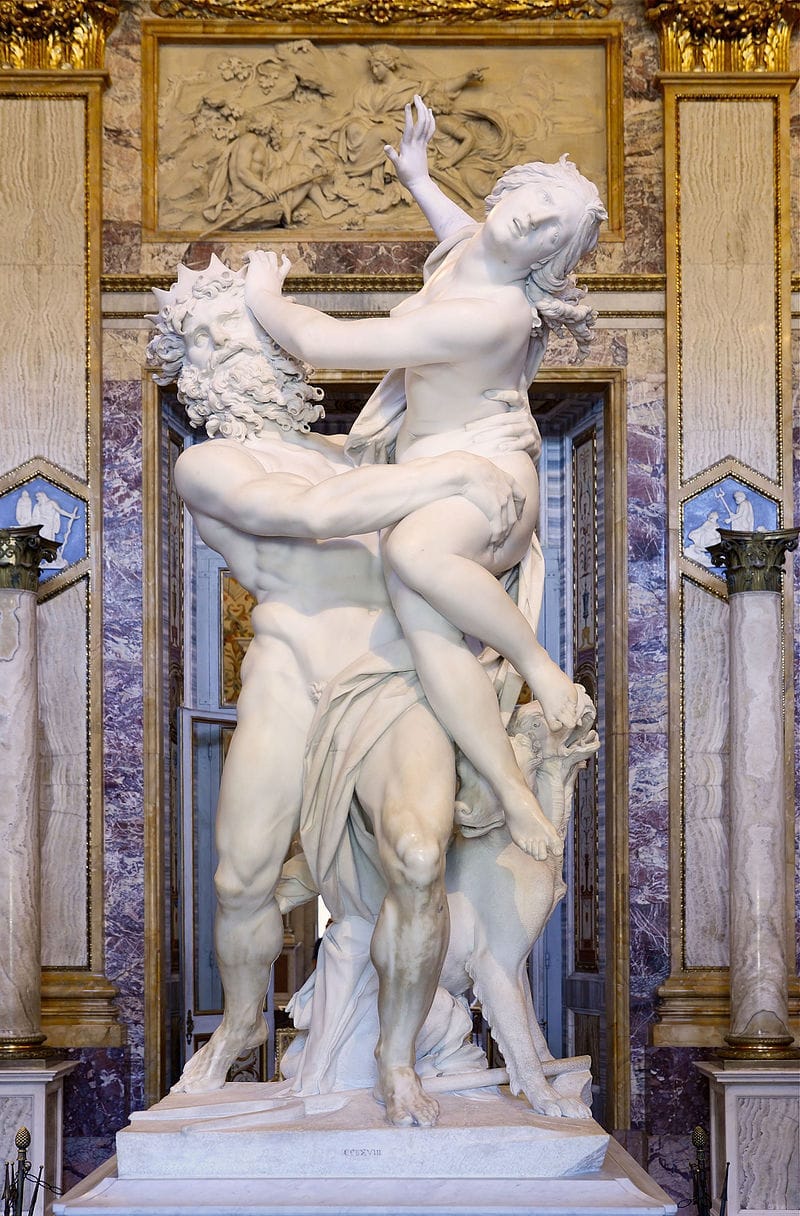
This wasn’t just technical brilliance; Bernini understood how to make us feel the scene. The terror in Proserpina’s expression, the force of Pluto’s grip, the way her body twists in resistance—it’s all so visceral, so immediate, that you forget you’re looking at cold, inanimate stone.
The Impossible Chains – “Disillusion” by Francesco Queirolo
In the same chapel that houses The Veiled Christ, another sculpture pushes marble to its breaking point—literally. Francesco Queirolo’s Disillusion features an intricate, interwoven chain, carved entirely from a single block. One misstep, and the whole structure would collapse.
The detail was so delicate that assistants refused to polish it, fearing they’d snap the fragile links. Queirolo had to complete the work himself, painstakingly refining the sculpture by hand. Today, it stands as a testament to precision and nerve—because who in their right mind would even attempt something so risky?
A Wooden Veil? – “Mater Dolorosa” by Pedro de Mena
Not all impossible sculptures are carved from marble. In the 17th century, Pedro de Mena took wood—a material known for its rough grain and stiffness—and made it cry.
His Mater Dolorosa, a sorrowful Virgin Mary, looks unsettlingly real. Her eyes glisten with tears, her skin appears soft, her lips tremble with grief. But this isn’t wax or paint—this is hand-carved, polychrome wood, layered so skillfully that it mimics human flesh. The level of realism was so unprecedented that, centuries later, it still stops viewers in their tracks.
The Ghostly Bride – Raffaelle Monti’s “The Veiled Lady”
Of all the veiled sculptures, Raffaelle Monti’s The Veiled Lady might be the most haunting. Unlike The Veiled Christ, which showcases precise, crisp folds, Monti’s veil is softer—almost translucent. It clings to her face like mist, revealing just enough to make you feel as though she’s looking straight through you.
How does solid stone create this illusion? The answer lies in Monti’s technique—he sculpted multiple layers of texture, using depth and shadow to trick the eye. The result? A sculpture that breathes, a ghost in marble.
These works aren’t just displays of craftsmanship; they challenge our understanding of what’s possible. They trick the eye, bend light, and defy material limits. When you stand before them, you don’t just admire the skill—you question reality.
Marble isn’t soft. Wood doesn’t cry. Stone shouldn’t float. And yet, these sculptures exist.
Seeing them in photos is one thing. But if you ever get the chance to witness them in person—do it. Stand close. Walk around them. Look long enough, and you might feel something strange.
Like the stone is looking back.
“I saw the angel in the marble and carved until I set him free.”
Michelangelo
Art
